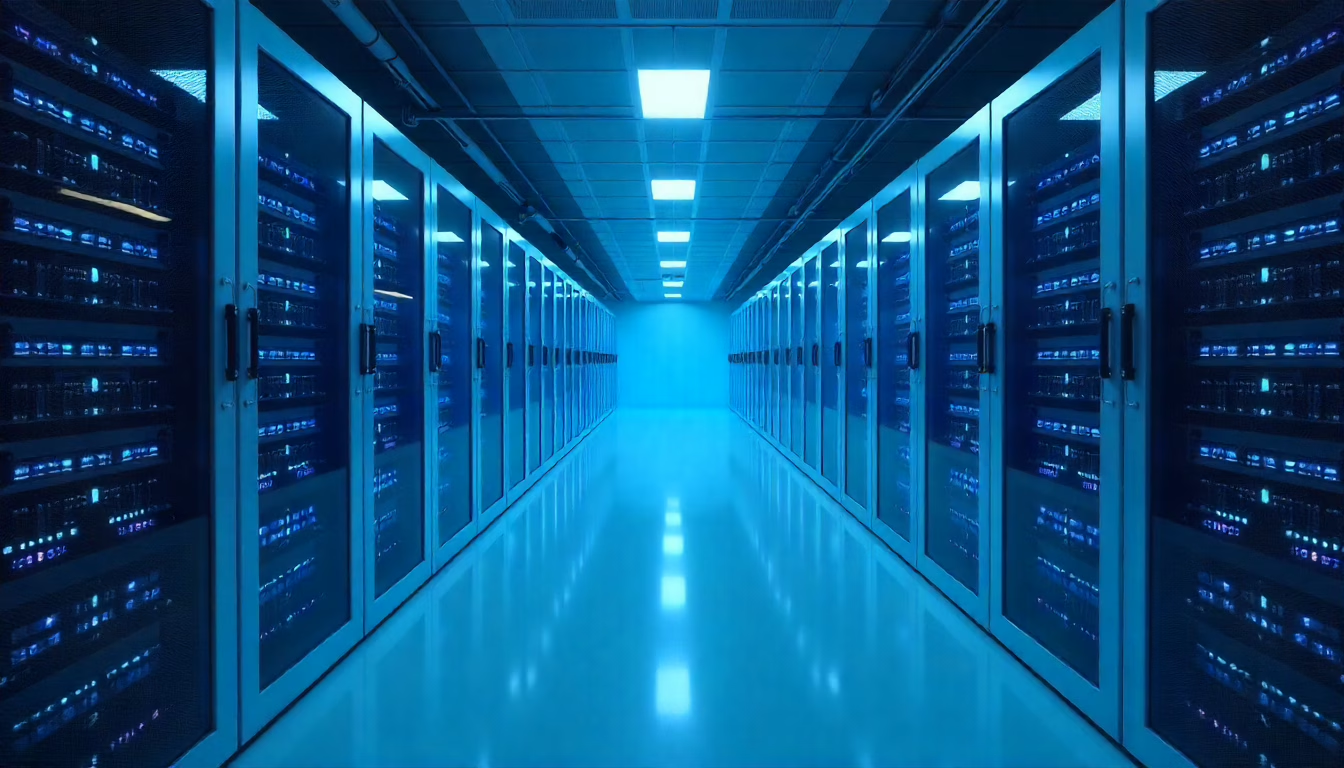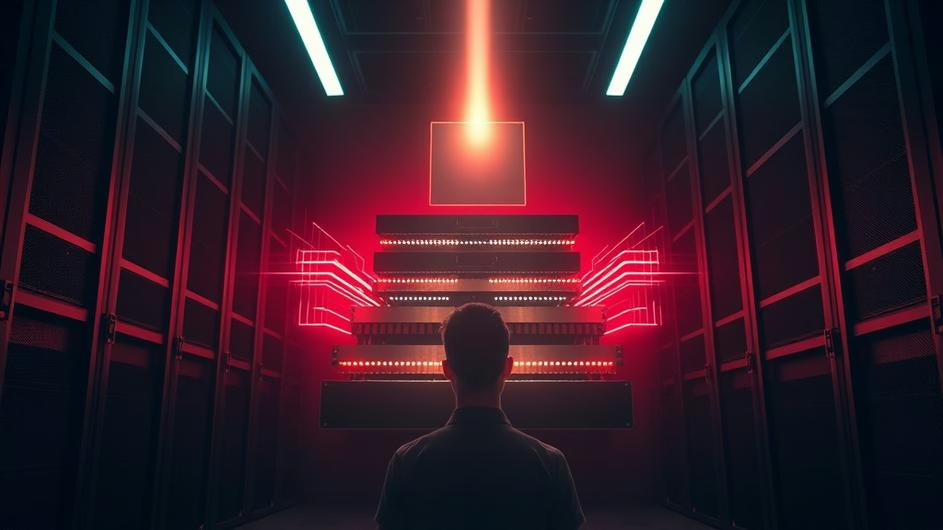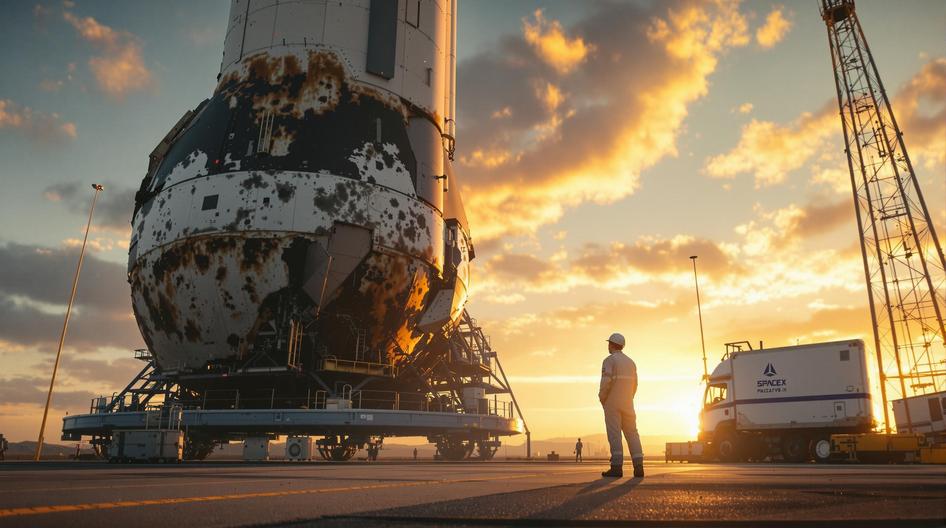Starlink’s Fiery Descent: What the Rapid Deorbiting of SpaceX Satellites Means for Technology’s Future
Look up at the night sky lately and you might catch something unusual. Those bright streaks people mistake for shooting stars? They’re actually Starlink satellites burning up as they plummet back to Earth. It’s become such a regular occurrence that space watchers are calling it the new normal.
SpaceX’s Starlink constellation has grown into something massive. We’re talking about roughly 8,500 satellites orbiting Earth right now, providing internet access to places that traditional networks can’t reach. But here’s the thing that’s got everyone talking: these satellites are falling back to Earth at an unprecedented rate, and it’s only getting faster.
The Numbers Don’t Lie
Space trackers are reporting that one to four Starlink satellites reenter Earth’s atmosphere daily. Some experts think that number could hit five per day soon. That’s not a glitch in the system, it’s actually by design.
These satellites aren’t built to last forever. They’ve got about a five-year lifespan, and when they’re done, they’re programmed to burn up completely during reentry. No debris hits the ground, which is smart engineering considering how crowded space is getting. But the sheer volume of these controlled crashes is creating quite a light show for anyone paying attention.
What’s driving this increase? It comes down to two main factors. First, solar activity heats up Earth’s upper atmosphere, creating more drag on low Earth orbit satellites. Second, SpaceX keeps launching more satellites. When you’ve got thousands of objects up there, even normal failure rates translate to spectacular daily fireworks.
The Business Side Gets Interesting
Starlink isn’t just about providing internet to rural areas anymore. SpaceX has been acquiring spectrum rights and positioning itself to compete directly with traditional telecom companies. They’re planning to offer phone and text services directly from space, which could shake up the entire industry.
This puts companies like Apple in an interesting position. SpaceX’s ambitious mobile plans could force major carriers and tech giants to rethink their infrastructure investments. The competition between satellite-based and terrestrial networks is heating up, and that’s good news for consumers who want better connectivity options.
For investors watching this space, the implications extend beyond just SpaceX. The satellite internet market is becoming as competitive as the crypto markets, with different players fighting for market share and regulatory approval.
Environmental Questions Surface
Here’s where things get complicated. While these satellites are designed to burn up completely, researchers are starting to ask tough questions about what happens when you’re essentially conducting controlled atmospheric entries every single day.
Each burnup releases compounds and particles into the atmosphere. Dr. Jonathan McDowell, an astrophysicist tracking these events, points out that we don’t fully understand the long-term effects of this constant material release. It’s similar to how AI development raises ethical questions we’re still trying to answer.
The scale is unprecedented. We’ve never had this many objects deliberately deorbiting on a regular schedule. Some worry about the cumulative environmental impact, while others argue the controlled nature of these reentries makes them safer than the alternative of leaving dead satellites in orbit.

Tech Infrastructure Gets a Reality Check
What’s happening with Starlink reflects broader changes in how we think about tech infrastructure. Just as cloud computing transformed data storage, satellite constellations are changing connectivity.
For developers and tech professionals, this shift means thinking beyond traditional ground-based infrastructure. The Sky Isn’t Falling, but Starlink Satellites Are, as one headline put it, but that’s actually part of the plan.
The controlled destruction of these satellites demonstrates how modern tech companies are designing for entire product lifecycles, including disposal. It’s a mindset that’s becoming more common across the industry, from hardware manufacturers to software developers building Web3 and fintech applications.
What This Means for Users and Markets
For everyday users, more satellite internet options could mean better connectivity in underserved areas and more competition driving down prices. For traders and investors, the satellite communication sector is becoming as dynamic as emerging tech markets.
Policymakers are watching closely too. The Federal Communications Commission is dealing with spectrum allocation requests that could reshape how we regulate space-based communications. These decisions will affect everything from rural internet access to national security communications.
The visible nature of these satellite reentries serves as a daily reminder that our digital infrastructure is literally reaching new heights. Those aren’t shooting stars people are seeing, they’re the visible cost of building tomorrow’s internet.
Looking Ahead
As SpaceX continues expanding Starlink and competitors prepare their own constellations, we’re likely to see even more satellites falling back to Earth. This isn’t a problem to be solved, it’s the new reality of space-based technology.
The falling satellites represent both the promise and challenges of our increasingly connected world. They show how quickly we can deploy global infrastructure, but also raise questions about sustainability and environmental impact that we’re still learning to address.
For anyone working in tech, from AI development to blockchain applications, Starlink’s approach offers lessons in thinking about scale, lifecycle management, and the broader implications of technological innovation.
Every streak of light in the sky reminds us that the internet’s architecture is evolving in ways we’re only beginning to understand. And that evolution is happening faster than most people realize.
Sources:
- “Elon Musk’s Starlink satellites are falling to Earth at an alarming rate” – The Independent, Thu, 09 Oct 2025
- “1 to 2 Starlink satellites are falling back to Earth each day” – EarthSky, Fri, 03 Oct 2025
- “The Sky Isn’t Falling, but Starlink Satellites Are” – Gizmodo, Fri, 03 Oct 2025
- “Elon Musk tries to make Apple and mobile carriers regret choosing Starlink rivals” – Ars Technica, Mon, 06 Oct 2025
- “Don’t look up: That’s not a shooting star, it’s another Starlink satellite burning up” – PC Gamer, Mon, 06 Oct 2025































































































